Genre: Platform Developer: Aspect Co. Publisher: Sega Europe Players: 1 Released: 1993
Sonic Chaos was the third and final Sonic title released for the Sega Master System in PAL regions though the series continued in 8-bits on the Game Gear and even saw one more Master System release in Brazil. It appeared in 1993, the same year as Sonic CD and the year between the releases of Sonic the Hedgehog 2 and 3 on the Mega Drive/Genesis.
The first two 8-bit releases were more than stripped down versions of the 16-bit releases with unique designs, though the first shared a number of the same zones. These both played to the system’s strengths and were fun platformers despite not being as fast or visually stunning as their big brothers. Sonic Chaos is visually similar but adopts a different design.
The big new feature in Sonic Chaos is the ability to play as Tails who had to be rescued in the previous game. Not only can you play as him but he can fly and this was the first game that allows you to do so. Playing as Tails is also kind of the “easy mode” that I will get to later. Though less appreciable today, it was an enticing addition at the time, especially for those that didn’t own a 16-bit system.
What really distinguishes Sonic Chaos from the previous two games is the design of each zone. All of its zones are open arenas filled with rings that can be traversed in a minute or two. Each zone is visually distinct but there isn’t always a lot to distinguish them apart from unique and infrequent traps, hazards, and enemies. This design contrasts with the previous titles that had a lot of unique areas, including acts that auto-scrolled, ventured underground, or had to be traversed vertically. There were also hang gliders, mine carts, and other features that made each zone truly unique.
Much like the previous two Master System entries, Sonic Chaos has six Chaos Emeralds to collect and obtaining all is necessary to achieve the best ending — though only for Sonic. The difference this time is the emeralds are not found hidden in certain acts but through bonus stages more like the 16-bit series. This is earned by collecting 100 rings that will immediately end the act and transport you to one of the six unique bonus stages. The goal is to find the emerald within the time limit, which is very easy in all but one or two stages. Continues can also be earned here.
The first time I saw an act immediately come to an end by collecting enough rings, it made me wonder what I had missed. I quickly noticed was I wasn’t missing much at all. Every area of the game is filled with rings, and it is not uncommon to find lines of ring monitors or huge clusters of rings. I am having trouble thinking as I write of anything truly distinct about any zone — something I have no trouble with in the early Master System entries despite not playing them in many years.
Once I had obtained all six Chaos Emeralds, I found very little else to do in each stage but head straight for the end and this never took long. Outside of the final boss fight, there is little challenge in any encounter with Robotnik. Part of the reason for this is that unlike the previous two games, rings are available in the boss acts. Even had this not been the case, most battles are still very easy, and some bosses remain stationary regularly enough to be repeatedly bounced upon without worry. It is fair to say that most Sonic games present little challenge, but Sonic Chaos is even easier than the norm.
Playing as Tails makes this even more so, as there is no requirement to collect the emeralds, and his flying ability makes it easier to get to some areas that take Sonic a bit more effort. He also starts the game with more lives and continues – not that you’re likely to need continues, even when playing as Sonic. The Blue Blur does have some new abilities, including rocket shoes and pogo spring that are limited but fun to use. They also fit well with the more open environments.
A major issue that is perhaps due to the more open nature is the presence of significant slowdown; it’s frequent and very noticeable, never enough to ruin the game but certainly enough to hurt it. And in a series known for fast and fluid gameplay, this is perhaps even more of a problem.
Sonic Chaos isn’t a bad game; it’s just a very bland one. Back in 1993 as a new release for the aging Master System, it would have been much easier to appreciate. Today when comparing it to the prequels and most other titles, it is hard to recommend to anyone but enthusiasts that simply want to play every release in the series. It is good to see some new ideas, but none really did anything to enhance the franchise. The biggest positive seems to be the influence that the final zone seems to have had on the redesigned Death Egg in Sonic & Knuckles, though I’m only speculating.
SCORE: 5 out of 10

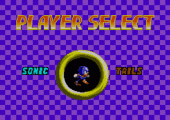
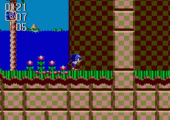
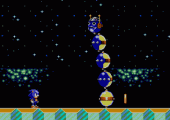
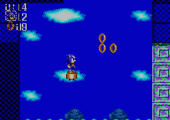
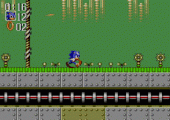
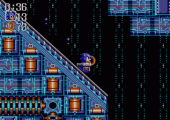
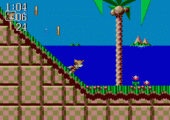


Recent Comments